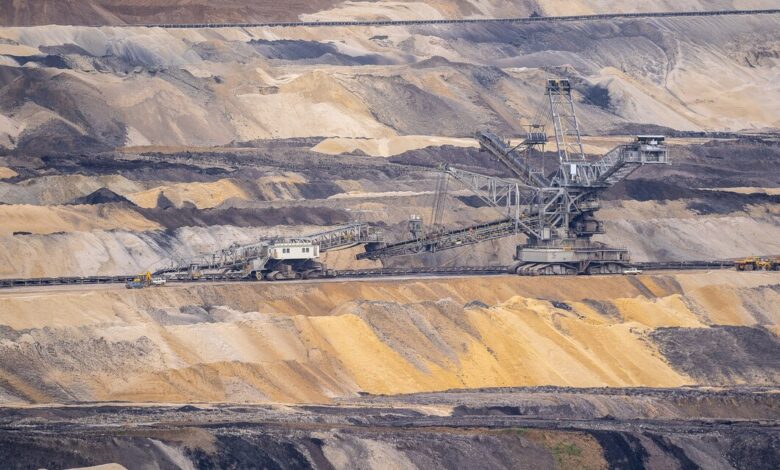What To Look Out For When Evaluating Lesotho’s Mining Sector

Lesotho, despite its small size, possesses a mining sector that plays a significant role in its economy. Evaluating this sector involves understanding various aspects, from regulatory frameworks to economic impacts. Here are the key factors to consider when assessing Lesotho’s mining industry:
1. Mineral Resources and Potential
Lesotho is known for its diamond mining industry, particularly high-quality diamonds. Evaluators should assess the potential of these resources, considering factors such as reserve estimates, quality, and sustainability of extraction methods.
2. Regulatory Environment
Understanding the regulatory framework governing mining activities in Lesotho is crucial. This includes laws, permits, and environmental regulations that impact operations. Evaluators should look for transparency, stability, and adherence to international standards in these regulations.
3. Infrastructure and Logistics
Infrastructure plays a vital role in mining operations. Evaluators should consider the state of infrastructure in Lesotho, including transportation networks, energy supply, and access to water. Adequate infrastructure enhances operational efficiency and reduces costs.
4. Investment Climate
Assessing the investment climate involves examining factors such as political stability, legal protections for investors, and government policies promoting mining sector growth. Evaluators should look for favorable conditions that encourage both domestic and foreign investment.
5. Environmental and Social Impact
Mining activities can have significant environmental and social impacts. Evaluators should consider measures taken by mining companies and the government to mitigate these impacts, such as environmental assessments, community engagement, and sustainable mining practices.
6. Economic Contribution
The economic contribution of the mining sector to Lesotho’s GDP and employment is crucial. Evaluators should analyze revenue generation, employment opportunities created, and the sector’s overall contribution to national development.
7. Technological Advancements
Advancements in mining technology can enhance efficiency, safety, and environmental sustainability. Evaluators should assess the adoption of modern technologies and innovation within the sector, which can improve productivity and reduce environmental footprint.
8. Market Dynamics and Global Demand
Understanding global demand for Lesotho’s minerals, particularly diamonds, is essential. Evaluators should analyze market trends, pricing dynamics, and the country’s competitiveness in the international market.
9. Community Relations and Local Development
Successful mining operations require positive relationships with local communities. Evaluators should assess how mining companies engage with communities, contribute to local development initiatives, and address social issues such as employment and infrastructure development.
10. Future Prospects and Sustainability
Looking ahead, evaluating the long-term sustainability of Lesotho’s mining sector is critical. This includes assessing resource depletion risks, diversification opportunities beyond diamonds, and strategies for sustainable development that balance economic growth with environmental and social responsibilities.
In conclusion, evaluating Lesotho’s mining sector involves a comprehensive analysis of mineral resources, regulatory frameworks, infrastructure, investment climate, environmental impacts, economic contributions, technological advancements, market dynamics, community relations, and sustainability. By considering these key factors, stakeholders can gain insights into the sector’s strengths, challenges, and opportunities for future growth and development.
Join 'Lesotho News' WhatsApp Channel
Get breaking Lesotho news — delivered directly to your WhatsApp.
CLICK HERE TO JOIN



